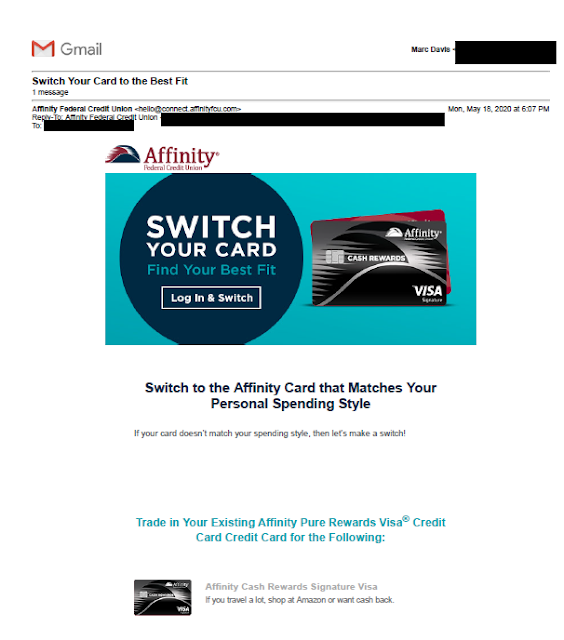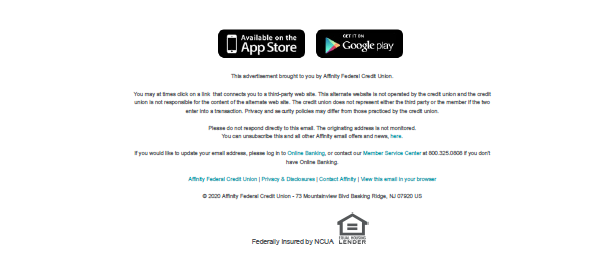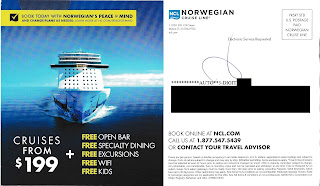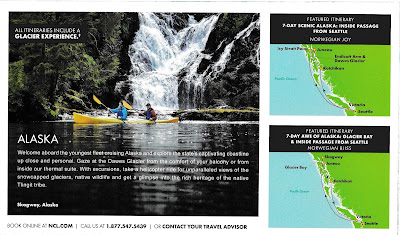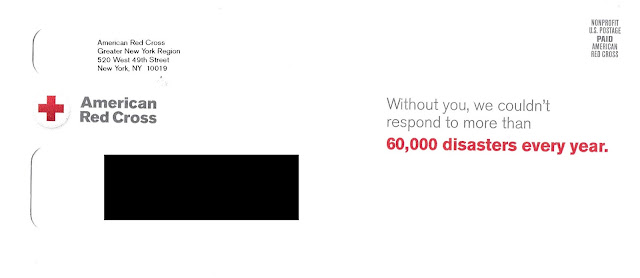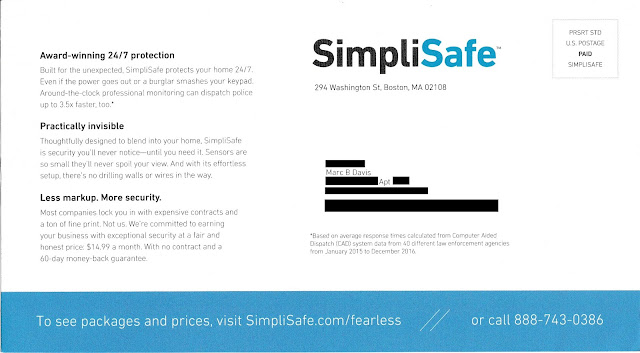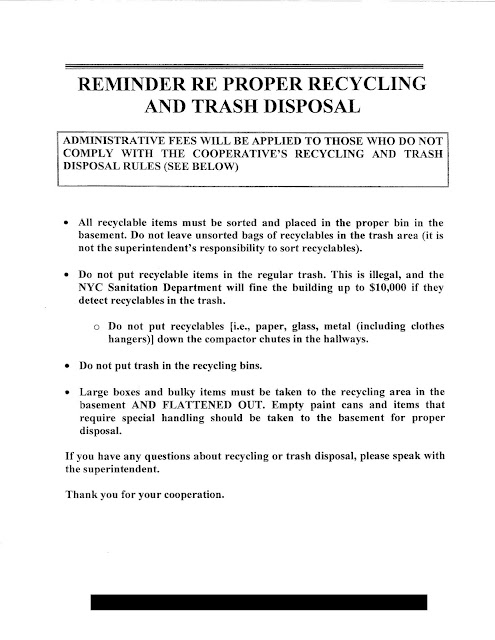I recently received this solicitation from PenFed Credit Union, whose formal name (according to Wikipedia) is Pentagon Federal Credit Union -- a name that aligns with the company’s pentagon-shaped logo.
The solicitation letter is pretty typical for mid-tier credit card providers: window envelope with teaser; letter with Johnson Box; clear Call to Action; Schumer Box; buckslip insert reinforcing benefits and the call to action; and required credit prescreen opt-out notice.
The first line of the disclosure on the front of the letter reads, “To
receive any advertised product, you must become a member of the PenFed Credit
Union.” I originally thought this might be a Fail for Targeting since I have never worked
in the military services or at the Pentagon and thus, I thought, would not be
eligible for membership. The letter itself does not mention membership
criteria, and I also could not find a mention on the main pages of their
website or their sitemap. I did, however, find some information about
membership eligibility from third-party websites such as on WalletHub; from there, I returned to
a page that listed Affinity Partners.
On affinity partner pages such as this one related to the American Red Cross, there is some copy that reads:
"Congratulations! As an employee, retiree, or volunteer of the American Red Cross you are eligible for PenFed membership! How does PenFed define volunteer? A volunteer is anyone who provides time, talent, or treasure. Time is the hours volunteering for the organization, talent is the unique skills a volunteer brings to the organization, and treasure is both financial and blood donations."
Aha! I am eligible for PenFed Credit Union membership because I supported the American Red Cross. Perhaps the Red Cross shared my contact information with PenFed in hopes that I would become a member and the Red Cross would receive some benefit for the referral. If I am correct -- and, perhaps even if I'm not -- the letter merits a Fail for Creative because the letter lacks an explanation of membership eligibility.
The letter should explain membership eligibility and how broadly they define it. Even a couple lines along the lines of "We support people who serve the military but also offer membership benefits to tens of thousands of other people who support the military or one of our affinity partners." Or, if I received this offer because of my history of American Red Cross support, why not call that out? Touting affinity relationships helped make MBNA America successful -- perhaps that approach could work for the credit union.
At the very least, PenFed should add a page on its website explaining membership criteria -- a page that is indexed by Google, easy to find and easy to understand. This easy-to-find page on Affinity Federal Credit Union's website is a good template.
Also, is this offer a Fail for Timing? According to CNBC and other news sources, many banks are cutting back on balance transfer offers during these extraordinary times. Perhaps the credit union has a contrary view of where the economy is headed. Or, maybe it has reviewed its current membership pool and credit prescreen criteria and has taken a different view of credit default risk. Or, maybe the credit union had planned this campaign long in advance, and just decided to move forward.
Lessons:
- If soliciting members for your credit union's credit card, include language that suggests the person is not only eligible for the credit card, but also eligible to join the credit union.
- Membership eligibility for a credit union should be easy to find.
- Consider whether a pandemic is a good time to offer 0% balance transfers.





